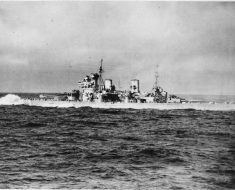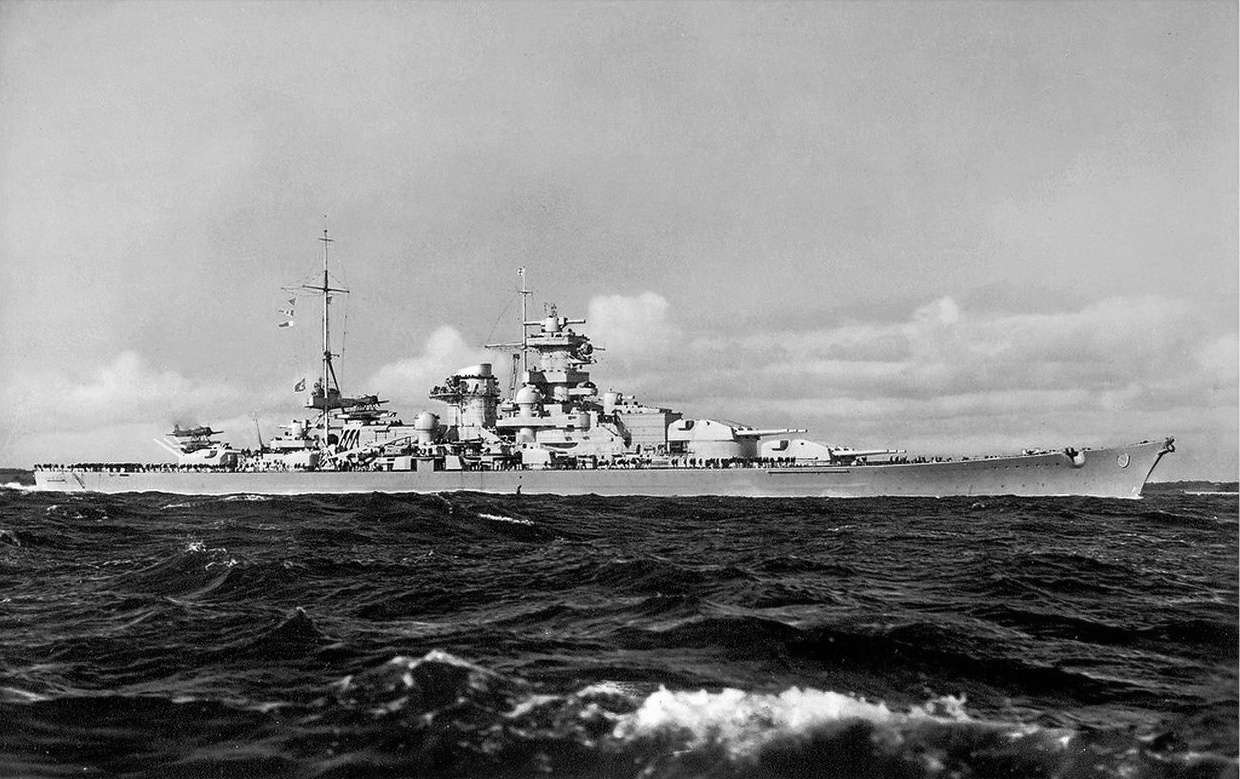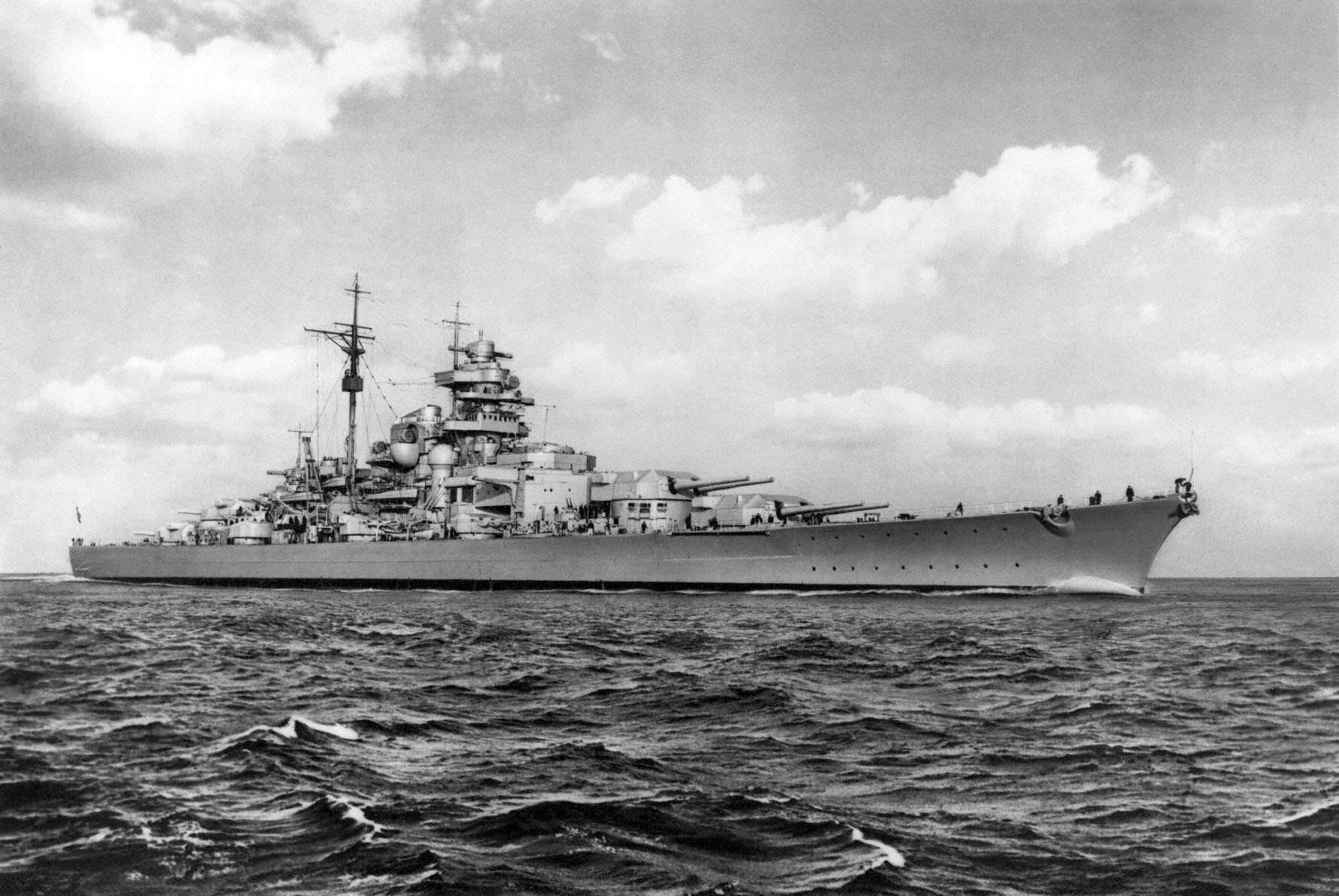The aftermath of World War I saw the emergence of numerous tales of valor and ingenuity, but few are as remarkable as the story of Ernest Cox, a visionary English engineer and businessman who undertook one of the most audacious salvage operations in maritime history.
Ernest Cox’s involvement at Scapa Flow centered around his audacious venture to salvage the scuttled German High Seas Fleet after World War I.
Cox purchased the salvage rights to the sunken ships and embarked on a monumental effort to raise them from the depths.
Contents
Background
The armistice of November 11, 1918, marked the cessation of hostilities in World War I, but it left unresolved the fate of the German High Seas Fleet, one of the most formidable naval forces of the time. The Allied powers, particularly Britain and France, faced a dilemma: allowing Germany to retain its fleet could threaten future peace, yet appropriating these ships outright could destabilize the delicate balance of naval power.
Read More Light Vessel 72 – The D-Day Veteran Rusting on the River Neath
The solution was internment at Scapa Flow, a remote but strategically significant natural harbor in the Orkney Islands, Scotland, under the supervision of the British Royal Navy. This decision was intended as a temporary measure until a final disposition could be agreed upon in the Treaty of Versailles.

The German fleet, comprising 74 ships including some of the most advanced battleships and cruisers of the era, was escorted to Scapa Flow and held under watch by the British. The internment period was marked by uncertainty and a tense atmosphere, as the German crew remained onboard under reduced conditions. The eventual signing of the Treaty of Versailles in June 1919, which imposed harsh penalties on Germany, including significant territorial losses and military restrictions, exacerbated tensions.
Read More 3 Sailors Were Trapped in the West Virginia for 16 Days After the Pearl Harbor Attack
On June 21, 1919, under the command of Rear Admiral Ludwig von Reuter and fearing that the fleet would be seized and divided among the Allies, the German sailors executed a covert plan to scuttle their ships. This act of self-destruction was meant to prevent the vessels from becoming trophies of war or being used against Germany in any future conflict. Within hours, 52 of the 74 ships sank to the bottom of Scapa Flow, in what remains the largest single loss of shipping in history due to scuttling.
Ernest Cox’s Venture
Ernest Cox began his salvage operations at Scapa Flow shortly after purchasing his first ship in 1921. His venture into the large-scale salvage of the German High Seas Fleet, however, kicked into full gear after he acquired the rights to the entire fleet in 1924. The operation to raise and salvage the scuttled ships spanned several years, with the bulk of the work taking place between 1924 and 1931.
Read More Halsey’s Typhoon – The Storm That Nearly Crippled the Third Fleet
The initial phase of the operation involved thorough preparation and assessment. Cox’s team conducted detailed surveys of the sunken ships to understand their condition and position on the seabed. This step was crucial for planning the salvage operation, as each ship presented its own set of challenges based on the extent of damage and how it had settled on the ocean floor.
Diving operations were central to Cox’s salvage efforts. Given the technology of the time, this meant relying on hardhat divers working in the challenging conditions of the North Sea. These divers were tasked with inspecting the ships underwater, identifying and patching holes in the hulls, and securing sealing materials to make the ships as watertight as possible. The work was hazardous and required precise coordination, as divers worked at significant depths for the era, often in poor visibility and strong currents.

One of Cox’s key innovations was the use of compressed air to refloat the sunken ships. Once a ship was sufficiently patched and sealed, large air compressors were used to pump air into the hull. This process displaced the water inside the ship, gradually increasing its buoyancy until it floated to the surface. This technique, while conceptually simple, required careful management to ensure the structural integrity of the ship was maintained and to prevent rapid, uncontrolled ascents.
The salvage operation also involved significant mechanical and engineering innovations. Cox and his team developed specialized equipment to manage the unique demands of the project. This included custom pumps, patching materials that could withstand the pressure and conditions at depth, and floating docks and cranes to support the ships once they were raised to the surface.
Strategic planning was crucial throughout the salvage operation. Cox had to decide which ships to tackle first, considering factors such as their value, condition, and location. The operation was conducted in phases, with lessons learned from each ship applied to subsequent efforts. This adaptive approach allowed Cox to refine his techniques and increase the efficiency of the salvage operation over time.
Read More A US Destroyer Fired a Torpedo at the USS Iowa While the President was on Board
Cox and his team faced and overcame numerous challenges, from technical difficulties with the salvage equipment to the unpredictable weather of the North Sea. The operation also required navigating legal and diplomatic hurdles, as the salvage of warships from a recent conflict involved complex international considerations.
During this period, Cox and his team managed to raise more than 30 of the sunken ships, including both battleships and lighter vessels. The operation is notable not just for the number of ships raised but also for the innovative techniques developed and applied during the process, which had a lasting impact on the field of marine salvage. Cox’s efforts at Scapa Flow concluded in the early 1930s, marking the end of one of the most ambitious and successful salvage operations in history.
Financial Gamble and Success
The initial phase of Cox’s salvage operation required a hefty investment in equipment, manpower, and technology. The purchase of the salvage rights to the entire fleet was a substantial financial commitment in itself. Beyond this, Cox had to invest in the development of specialized salvage equipment, including pumps, air compressors, and diving gear, as well as the costs associated with hiring a skilled workforce capable of executing the complex operation. The operation’s pioneering nature meant that Cox was venturing into uncharted waters, with the financial model based on projections and estimates rather than established precedents.
Read More Temper, Temper – That Time the USS Wisconsin Wasn’t Messing Around
The financial risks of the operation were manifold. First, there was the uncertainty of the salvage process itself. The techniques employed, while innovative, were untested on such a scale, and there was no guarantee that the ships could be successfully raised or that they would be in a condition that allowed for profitable scrap.
Additionally, the operation was subject to the vagaries of the North Sea’s weather, which could delay work and increase costs. Furthermore, the global market for scrap metal, while favorable at the time, was volatile and could shift, potentially reducing the value of the salvaged steel.

Despite these significant risks, Cox’s financial gamble paid off. Several factors contributed to the operation’s economic success. First and foremost was the sheer scale of the metal recovered. The salvaged ships yielded a vast amount of steel, a commodity in high demand in the post-war rebuilding period. Cox’s operation coincided with a period of economic recovery, where the demand for raw materials was rising, thereby ensuring a profitable market for the salvaged steel.
Moreover, Cox’s innovative salvage techniques not only proved effective but also efficient, reducing the cost per ship as the operation progressed. The experience gained from each salvaged vessel informed the next, allowing for refinements in technique that saved time and resources.
Read More USS Lexington Powered the City of Tacoma For a Month
The success of the salvage operation transformed Cox from a speculative investor into a pioneer of marine salvage with a considerable fortune. The profits from the venture were significant, reflecting not just the sale of scrap but also the achievement of overcoming the numerous technical and financial challenges involved. Cox’s success demonstrated the potential for profitability in large-scale salvage operations, setting a precedent for future ventures in marine recovery and recycling.
Ernest Cox After the Salvage
Following the success of the Scapa Flow salvage operations, Ernest Cox diversified his business interests. He continued to be involved in shipbreaking, utilizing his expertise in dismantling decommissioned vessels for scrap metal and recycling purposes. Cox also expanded into shipbuilding and repair, leveraging his knowledge of naval architecture and engineering.
Read More Object 825 GTS – The Submarine Base Under a Mountain
Cox’s contributions to the maritime industry extended beyond his individual ventures. His innovative salvage techniques and pioneering approaches influenced subsequent salvage operations and contributed to the advancement of marine salvage practices. The lessons learned from the Scapa Flow salvage operations informed future endeavors in salvaging sunken vessels and recovering valuable materials from maritime wrecks around the world.

Ernest Cox’s entrepreneurial acumen and business savvy ensured continued success in the years following the Scapa Flow salvage operations. His ventures in shipbreaking, shipbuilding, and industrial activities remained profitable, contributing to his stature as a prominent figure in the maritime and industrial sectors.
Read More Truk Lagoon – The Biggest Graveyard Of Ships In The World
Cox’s legacy extends beyond his individual achievements to the broader impact he had on the maritime industry and the field of marine salvage. His innovative approaches, coupled with his determination and vision, set a precedent for future salvage operations and inspired generations of engineers, entrepreneurs, and maritime professionals.
Details about Ernest Cox’s later years and the eventual fate of his businesses are not as widely documented. However, his contributions to the maritime industry and his role in the Scapa Flow salvage operations remain significant chapters in maritime history.







